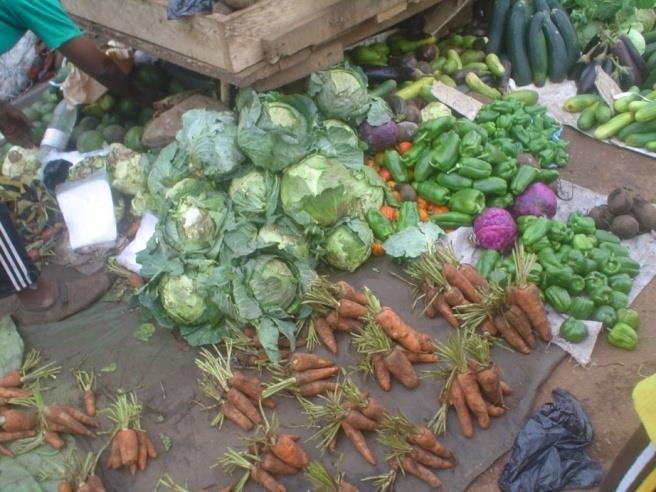Chuenu Linus Makazi
Other projects
26 Apr 2010
The Impacts of Mineral Exploitation and Associated Trade on Wildlife in the Dja-Boumba Mining Area - Southeast Cameroon
8 May 2013
The Impacts of Mineral Exploitation and Associated Trade on Wildlife in the Dja-Boumba Mining Area, East Cameroon, Republic of Cameroon
The Dja Faunal Reserve of east Cameroon has the only remaining large block of unlogged forest in the country but the sale of mining permits there is on the rise.
In addition, a rich source of cobalt and nickel was discovered by Geovic Company Ltd in part of this forest, called Nkamouna, and there are several other mineralized areas at the periphery of this reserve. This formerly uninhabited zone has diverse and abundant populations of wildlife. The speedy stages of mining and infrastructure development of the mining companies has caused the indiscriminate slaughter of wildlife for bushmeat and the habitat destruction. Unless this level of off take is reduced, future generations of inhabitants in the east region will be even more disadvantaged than at present. This project has been working with multiple stakeholders to develop strategies and regulations for the implementation of sustainable wildlife management.

The Dja Biosphere Reserve is of outstanding conservation interest for a multitude of reasons. For example, the area supports unusually high densities of forest mammals, particularly amongst the so-called “charismatic megafauna” such as forest elephants (Loxodonta africana cyclotis), western lowland gorilla (Gorilla gorilla gorilla), chimpanzees (Pan troglodytes troglodytes), bongos (Tragelaphus euryceros) and forest buffaloes (Syncerus caffer nanus), Leopard (Panthera pardus) and sitatunga (Tragelaphus spekei). Moreover, many other species internationally recognized as endangered still thrive in this forest, although they are increasingly threatened by unsustainable exploitation and habitats destruction from industrial mining (Niang et la., 2006; McConville, 2008).
The clearing of 1600km² of forest yearly for 25 years and the recent acquisition of mining permit by Geovic mining company will accelerate the rate of deforestation in the World Heritage Site, which will also deplete wildlife habitats and impact on global climate change.
This research project continuously examines the effects of mining activities on wildlife values, the level of threats caused by human activities (pressures) to wildlife species, current status of wildlife populations and trends and advocate for appropriate implementation of wildlife policies, legislations that will mitigate the impacts of mining and associated human activities on wildlife species in the area. The research wishes to develop and promote practices for integrating wildlife conservation into upstream mining development. This approach will be a tool in the preparatory phase of REDD+ process in Cameroon.